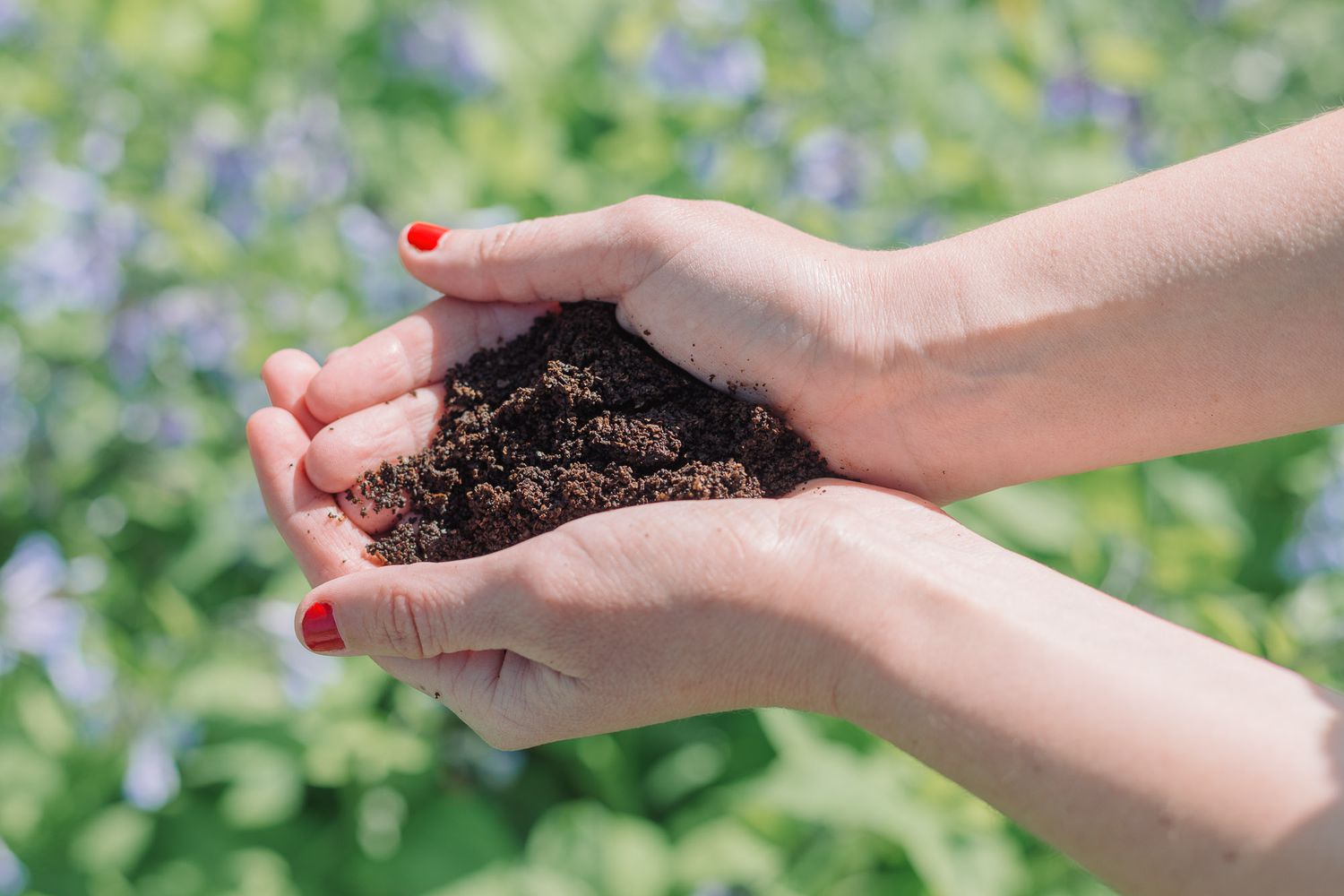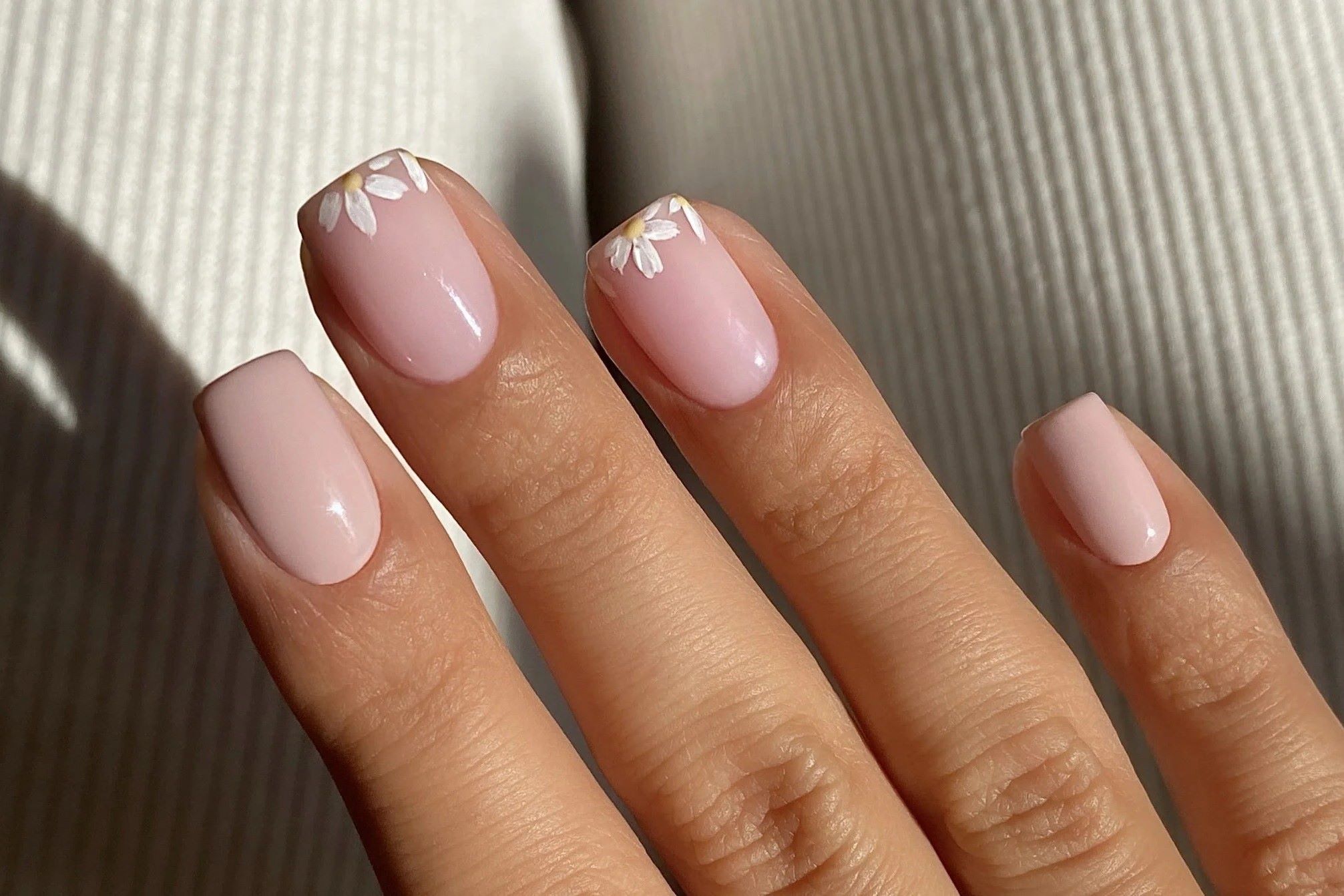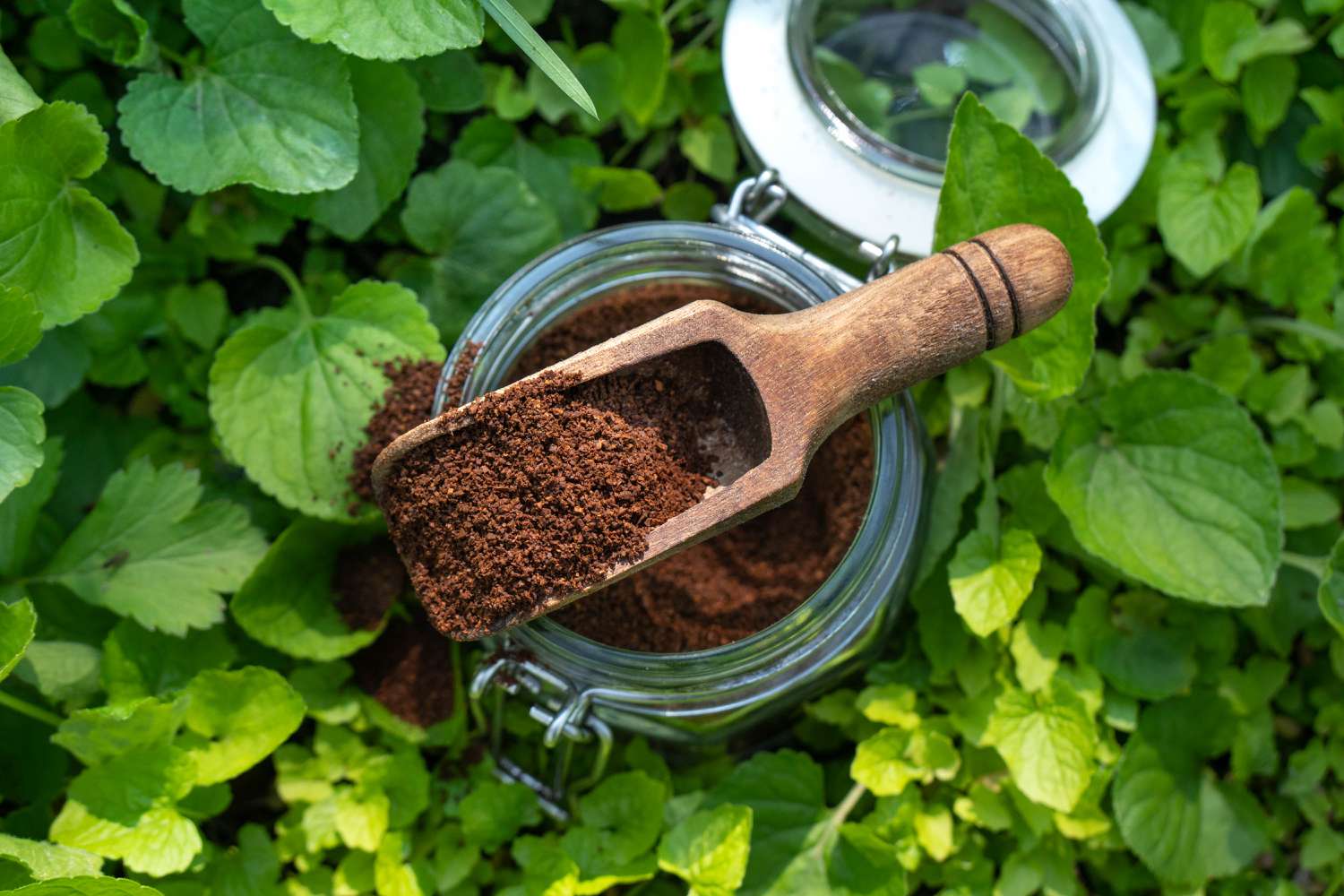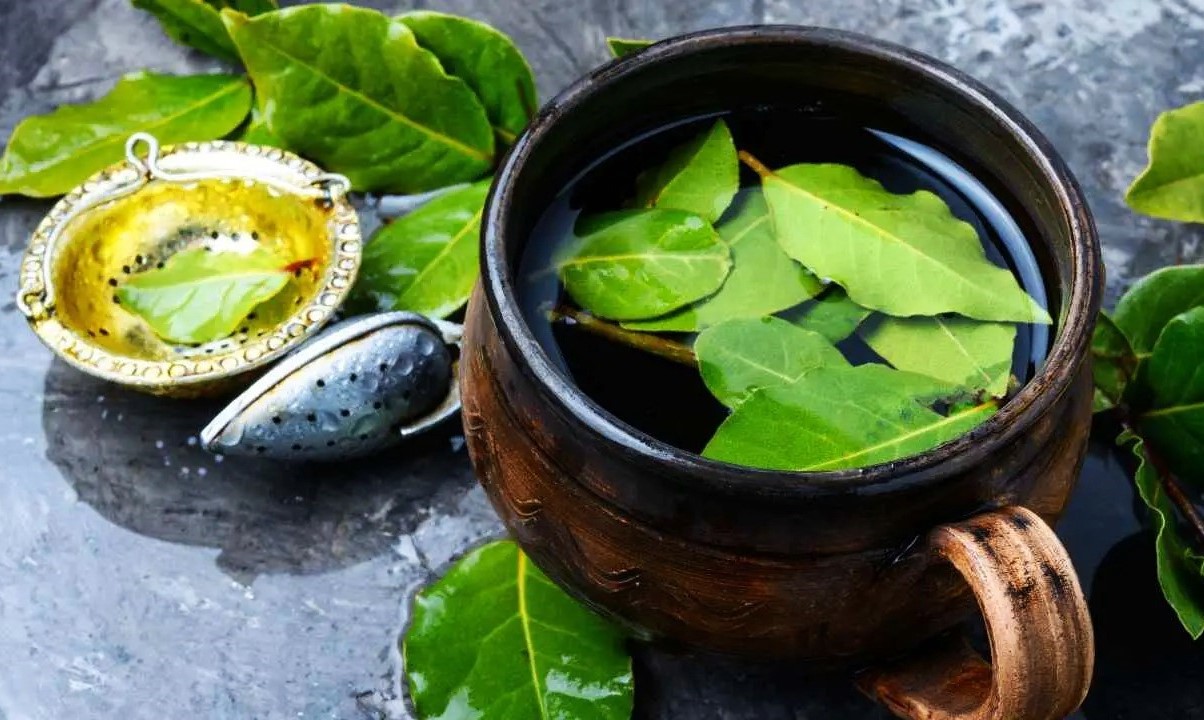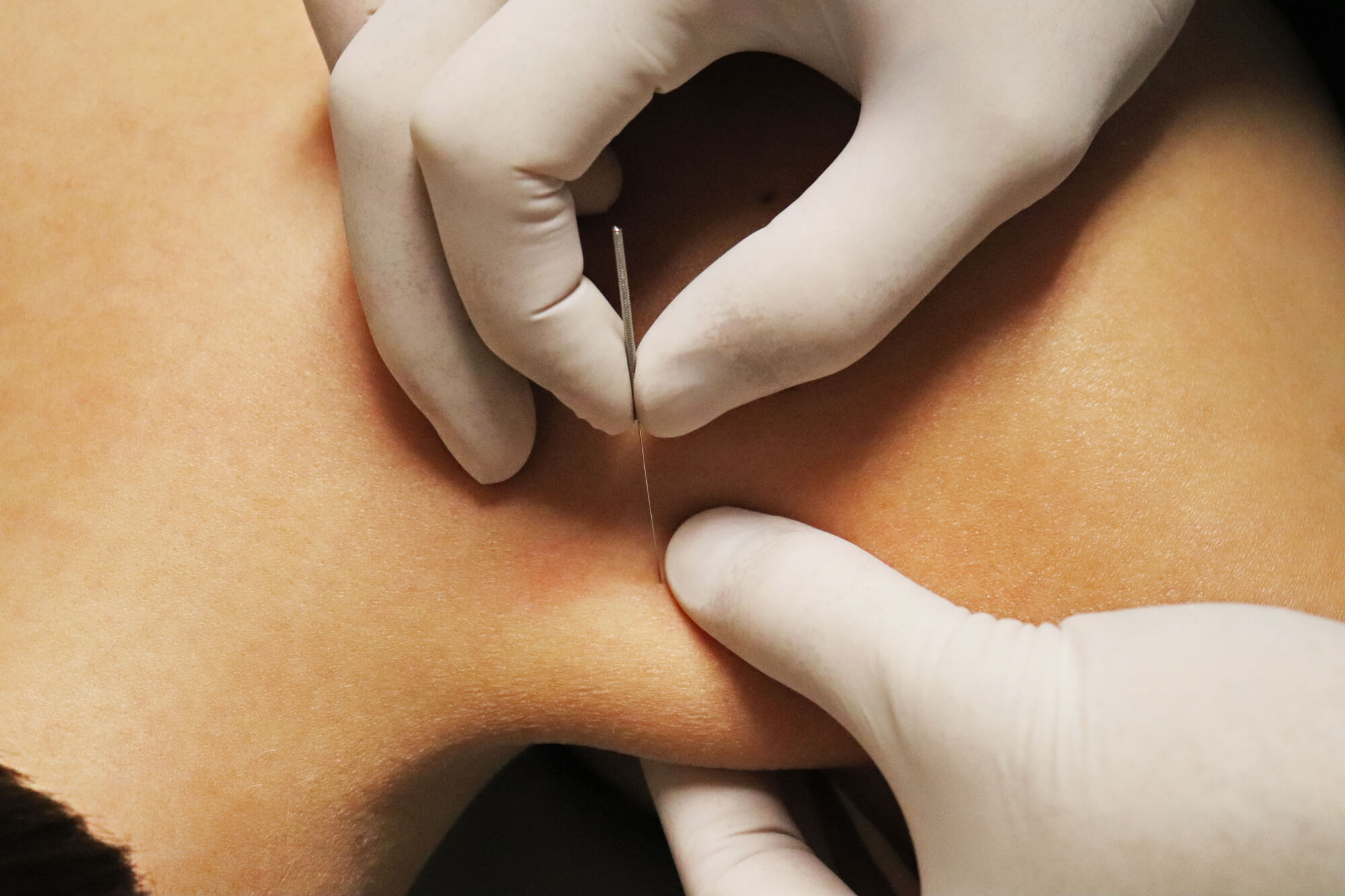Home>Home and Garden>How To Dry Roses
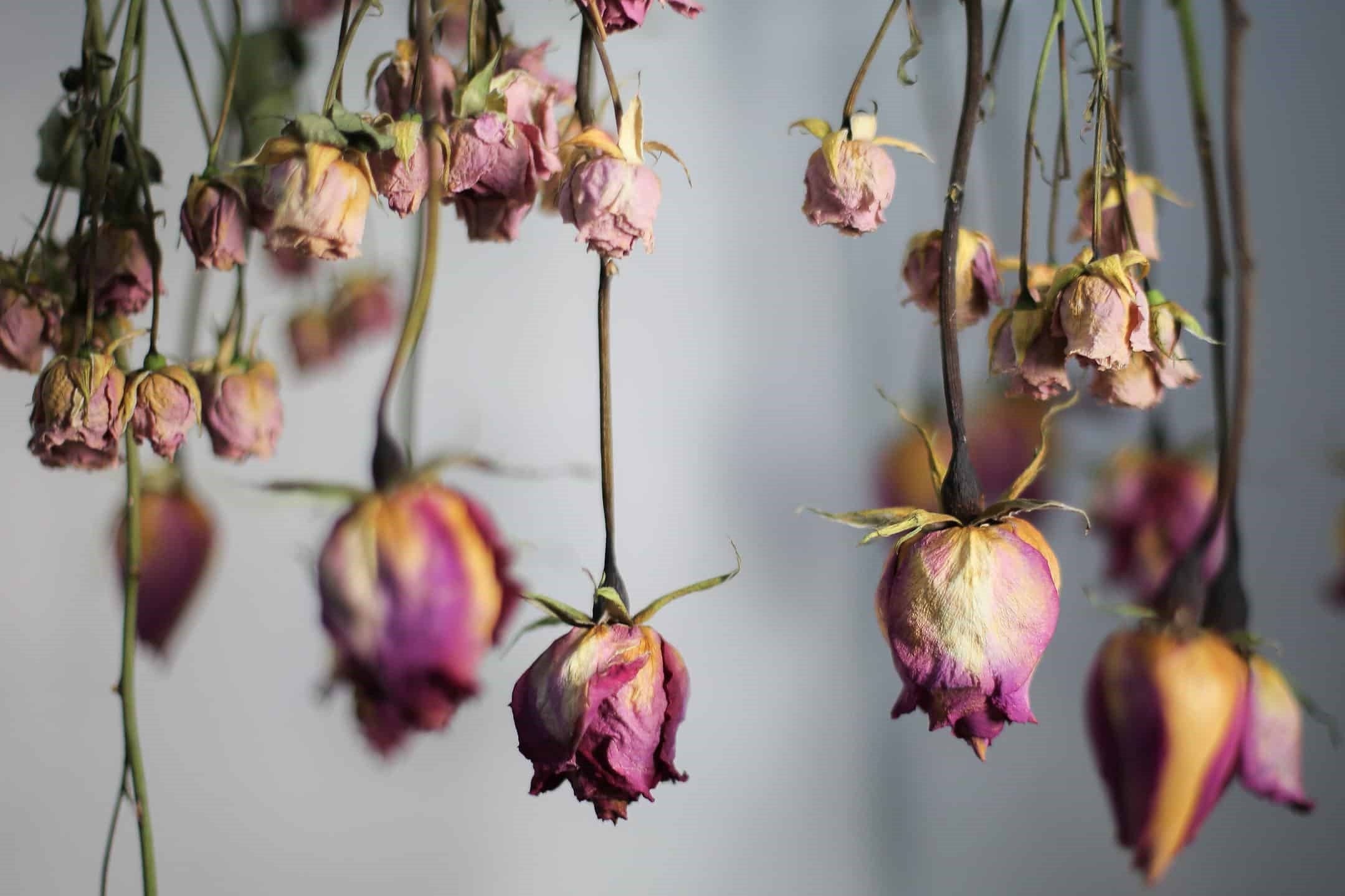

Home and Garden
How To Dry Roses
Published: March 2, 2024
Learn how to dry roses at home with our simple and effective methods. Discover tips for preserving the beauty of your roses in your home and garden.
(Many of the links in this article redirect to a specific reviewed product. Your purchase of these products through affiliate links helps to generate commission for Noodls.com, at no extra cost. Learn more)
Table of Contents
Introduction
Drying roses is a timeless art that allows you to preserve the beauty and elegance of these delicate flowers. Whether you want to create stunning floral arrangements, craft unique home décor, or simply cherish the memory of a special occasion, learning how to dry roses can be a rewarding and enjoyable experience.
Roses have long been cherished for their enchanting fragrance and captivating beauty. By drying them, you can extend their lifespan and enjoy their charm for months or even years to come. Whether you have received a bouquet of roses as a gift or have a flourishing rose garden of your own, knowing how to dry roses can help you make the most of their fleeting splendor.
In this comprehensive guide, we will explore various methods for drying roses, from traditional air drying to using silica gel and the classic hanging method. Each technique offers its own unique benefits and can be tailored to suit your preferences and available resources. By understanding the intricacies of each method, you can effectively preserve the color, shape, and fragrance of your roses, ensuring that they retain their natural allure even after the drying process.
Whether you are a seasoned gardener or a novice flower enthusiast, learning how to dry roses opens up a world of creative possibilities. From creating timeless floral arrangements to incorporating dried roses into crafts and décor, the versatility of dried roses knows no bounds. With a touch of creativity and a dash of patience, you can transform freshly bloomed roses into everlasting treasures that bring joy and beauty into your home.
As we delve into the art of drying roses, you will discover the nuances of each method and gain valuable insights into the best practices for preserving the delicate allure of these timeless blooms. So, let's embark on this enchanting journey and unlock the secrets of drying roses, allowing their timeless beauty to grace your life in new and delightful ways.
Read more: How To Dry Rose Petals
Choosing the Right Roses
When it comes to drying roses, selecting the right blooms is essential to ensure a successful and visually appealing outcome. Not all roses are created equal, and certain varieties are better suited for drying than others. Here are some key considerations to keep in mind when choosing the right roses for drying:
1. Freshness:
Opt for roses that are at their peak freshness. Look for blooms that are just beginning to open, with petals that are vibrant and free from blemishes. Fresh roses will retain their color and shape more effectively during the drying process, resulting in a more visually striking end result.
2. Petal Density:
Choose roses with densely packed petals, as these varieties tend to hold their shape and color better when dried. While all roses can be dried, those with fuller, more compact blooms are often preferred for their ability to maintain their form and texture after the drying process.
3. Color Variations:
Consider the color of the roses you intend to dry. While roses of any color can be dried, certain hues may undergo subtle changes during the drying process. For example, darker roses may retain their color more effectively, while lighter hues may fade slightly. Keep this in mind when selecting roses for drying, especially if you have a specific color scheme in mind for your dried arrangements.
Read more: How To Dry Basil
4. Fragrance:
If you value the fragrance of roses, opt for varieties known for their captivating scent. While the fragrance may diminish during the drying process, starting with fragrant roses can ensure that a subtle hint of their natural scent lingers even after they have been dried.
By carefully considering these factors, you can select the most suitable roses for drying, setting the stage for a successful and visually stunning outcome. Whether you are harvesting roses from your own garden or selecting them from a florist, paying attention to these details will help you achieve the best results when drying roses.
Harvesting the Roses
Harvesting roses for drying is a crucial step that significantly impacts the quality of the end result. To ensure the best outcome, it's essential to approach the harvesting process with care and attention to detail.
When selecting roses for drying, it's ideal to harvest them in the morning when the weather is cool, and the blooms are at their freshest. Using a sharp, clean pair of pruning shears, carefully cut the roses from the plant, ensuring that each stem is of sufficient length to accommodate the drying process. It's advisable to choose roses that are in the semi-bud stage, as they will continue to open during the drying process, resulting in a more visually appealing and dynamic end result.
As you harvest the roses, it's important to remove any leaves from the stems, as these can detract from the drying process and may lead to mold or discoloration. Additionally, any damaged or blemished petals should be gently removed to ensure that the dried roses maintain a pristine appearance.
After harvesting the roses, it's crucial to handle them with care to prevent any damage to the delicate petals and stems. Arrange the harvested roses in small bunches, securing them with twine or rubber bands. This not only helps maintain the shape of the blooms but also facilitates the drying process by allowing air to circulate around each rose effectively.
Whether you are harvesting roses from your garden or sourcing them from a florist, it's important to inspect each bloom carefully, selecting only the finest and freshest specimens for drying. By paying attention to the details during the harvesting process, you can set the stage for a successful and visually stunning outcome when drying the roses.
By approaching the harvesting process with precision and care, you can ensure that the roses are primed for the drying process, setting the stage for a successful and visually stunning outcome.
Air Drying Method
The air drying method is one of the oldest and most traditional techniques for drying roses. It is a simple yet effective approach that allows the roses to dry naturally, preserving their shape and color while enhancing their timeless beauty. This method is ideal for individuals who appreciate a more rustic and natural aesthetic in their dried floral arrangements.
To begin the air drying process, gather the prepared rose stems into small bunches, securing them with twine or rubber bands. It is important to ensure that the bunches are not too large, as this can impede the airflow around the roses and hinder the drying process. Once the roses are secured in bunches, they should be hung upside down in a warm, dry, and well-ventilated area. This allows the roses to dry gradually, maintaining their shape and color while preventing mold or mildew from developing.
The chosen drying location should ideally be away from direct sunlight, as prolonged exposure to sunlight can cause the colors of the roses to fade. Additionally, it is important to avoid areas with high humidity, as excessive moisture in the air can hinder the drying process and lead to undesirable outcomes.
As the roses dry, they will gradually take on a slightly desiccated appearance, with the petals retaining their shape and color. Depending on the environmental conditions, the air drying process typically takes one to two weeks to complete. It is important to periodically check on the roses during the drying process, ensuring that they are drying evenly and without any signs of mold or decay.
Once the roses have fully dried, they can be carefully removed from the drying area. The stems can be trimmed to the desired length, and the dried roses can be used in a myriad of creative projects. From crafting charming floral wreaths to adorning handmade cards and creating captivating table centerpieces, the dried roses obtained through the air drying method lend themselves to a wide range of artistic endeavors.
The air drying method offers a simple yet effective way to preserve the timeless beauty of roses, allowing their delicate allure to grace your home in new and enchanting ways. By embracing this traditional technique, you can create enduring floral arrangements and décor that capture the essence of natural beauty, infusing your surroundings with a touch of timeless elegance.
Silica Gel Method
The silica gel method offers a modern and efficient approach to drying roses, allowing for the preservation of their color, shape, and texture with remarkable precision. Silica gel, a highly absorbent substance, serves as a desiccant that gently removes moisture from the roses while maintaining their delicate structure. This method is particularly favored for its ability to yield dried roses that closely resemble their fresh counterparts, making it an ideal choice for those seeking to retain the natural vibrancy and form of the blooms.
To begin the silica gel drying process, prepare a container that is deep enough to accommodate the roses without crowding them. Fill the container with a layer of silica gel, ensuring that it is evenly distributed to provide consistent drying. Carefully trim the stems of the roses to the desired length, and gently place them upright in the container, ensuring that the blooms are not touching each other or the sides of the container. Once the roses are in position, carefully pour additional silica gel over and around the blooms, ensuring that they are completely covered.
The container should then be sealed with an airtight lid, creating an enclosed environment that allows the silica gel to effectively draw moisture from the roses. The sealed container should be placed in a dry, well-ventilated area, away from direct sunlight and excessive humidity. Over the course of several days, the silica gel will gradually remove the moisture from the roses, resulting in beautifully preserved blooms with vibrant colors and intact petals.
After the designated drying period, the roses can be carefully removed from the silica gel. Any residual silica gel can be gently brushed off the blooms, and the stems can be trimmed to the desired length. The dried roses obtained through the silica gel method exhibit a remarkable level of preservation, with their natural colors and intricate details fully intact. These dried roses are well-suited for a wide range of creative projects, from elegant floral arrangements to decorative accents for various crafts and home décor.
The silica gel method offers a precise and controlled approach to drying roses, allowing for the retention of their natural beauty with exceptional fidelity. By harnessing the desiccating power of silica gel, this method enables individuals to create enduring and visually captivating dried roses that serve as timeless reminders of the fleeting splendor of fresh blooms. Whether used in artistic endeavors or cherished as sentimental keepsakes, the roses dried using the silica gel method exude a captivating allure that transcends time, enriching the aesthetic appeal of any setting.
Read more: How To Make Salami Rose
Hanging Method
The hanging method is a classic and time-honored approach to drying roses, offering a simple yet effective way to preserve their natural beauty and charm. This traditional technique allows the roses to dry gradually, maintaining their shape and color while evoking a sense of rustic elegance. By harnessing the power of gravity and airflow, the hanging method yields dried roses that exude a timeless allure, making them ideal for a wide range of creative endeavors.
To initiate the hanging method, gather the prepared rose stems into small bunches, securing them with twine or rubber bands. It is crucial to ensure that the bunches are not overly large, as this can impede the airflow around the roses and hinder the drying process. Once the roses are securely bundled, they should be suspended upside down in a warm, dry, and well-ventilated area. This positioning allows the roses to dry naturally, with gravity aiding in the preservation of their shape and form.
The chosen drying location should be shielded from direct sunlight, as prolonged exposure to sunlight can cause the colors of the roses to fade. Additionally, it is important to avoid areas with high humidity, as excessive moisture in the air can impede the drying process and lead to undesirable outcomes. By selecting an optimal drying location, the roses can dry evenly and retain their visual appeal throughout the process.
As the roses dry, they gradually undergo a transformation, with the petals retaining their delicate texture and the colors maintaining their vibrancy. Depending on the environmental conditions, the hanging method typically takes one to two weeks to complete. It is essential to periodically inspect the roses during the drying process, ensuring that they are progressing evenly and without any signs of decay.
Once the roses have fully dried, they can be carefully removed from the drying area. The stems can be trimmed to the desired length, and the dried roses can be utilized in an array of artistic projects. From crafting enchanting floral wreaths to embellishing handmade gifts and creating captivating centerpieces, the dried roses obtained through the hanging method lend themselves to a myriad of creative applications.
The hanging method offers a straightforward yet effective way to preserve the timeless beauty of roses, allowing their delicate allure to grace your home in new and enchanting ways. By embracing this traditional technique, you can create enduring floral arrangements and décor that capture the essence of natural beauty, infusing your surroundings with a touch of timeless elegance.
Preserving the Dried Roses
After successfully drying the roses using the preferred method, it is essential to preserve their beauty and longevity for future enjoyment. Preserving dried roses ensures that their delicate allure remains intact, allowing you to incorporate them into various creative projects and decorative arrangements. Here are some effective methods for preserving dried roses:
1. Sealant Application:
Applying a sealant to dried roses can help maintain their color and prevent them from becoming brittle. A clear acrylic spray or hairspray can be lightly misted over the dried roses to create a protective barrier. This not only safeguards the petals from damage but also helps retain their natural appearance.
2. Display Cases:
Placing dried roses in display cases or shadow boxes offers a charming way to showcase their beauty while protecting them from dust and handling. By carefully arranging the dried roses within a display case, you can create visually captivating arrangements that serve as timeless decorative accents.
Read more: How To Freeze Dry Candy
3. Potpourri and Sachets:
Utilizing dried roses in potpourri or sachets allows you to infuse your living spaces with their enchanting fragrance. By combining dried rose petals with complementary aromatic elements, such as lavender and essential oils, you can create delightful potpourri blends or charming sachets that add a touch of natural elegance to your home.
4. Framed Artwork:
Incorporating dried roses into framed artwork offers a unique way to preserve their beauty while adding a personalized touch to your décor. By arranging dried roses within a frame or pressing them between glass, you can create stunning pieces of floral artwork that serve as captivating focal points in any room.
5. Crafting Projects:
Dried roses can be incorporated into an array of crafting projects, including handmade cards, decorative candles, and jewelry. Their delicate petals and timeless charm make them ideal for adding a touch of natural beauty to various creative endeavors, allowing you to infuse your crafts with a sense of timeless elegance.
By employing these preservation methods, you can ensure that the dried roses retain their allure and visual appeal for an extended period. Whether adorning your living spaces with fragrant potpourri, creating personalized artwork, or embellishing handmade crafts, preserved dried roses offer a versatile and enduring source of natural beauty. Embracing these preservation techniques allows you to continue enjoying the timeless elegance of dried roses, infusing your surroundings with their captivating charm.
